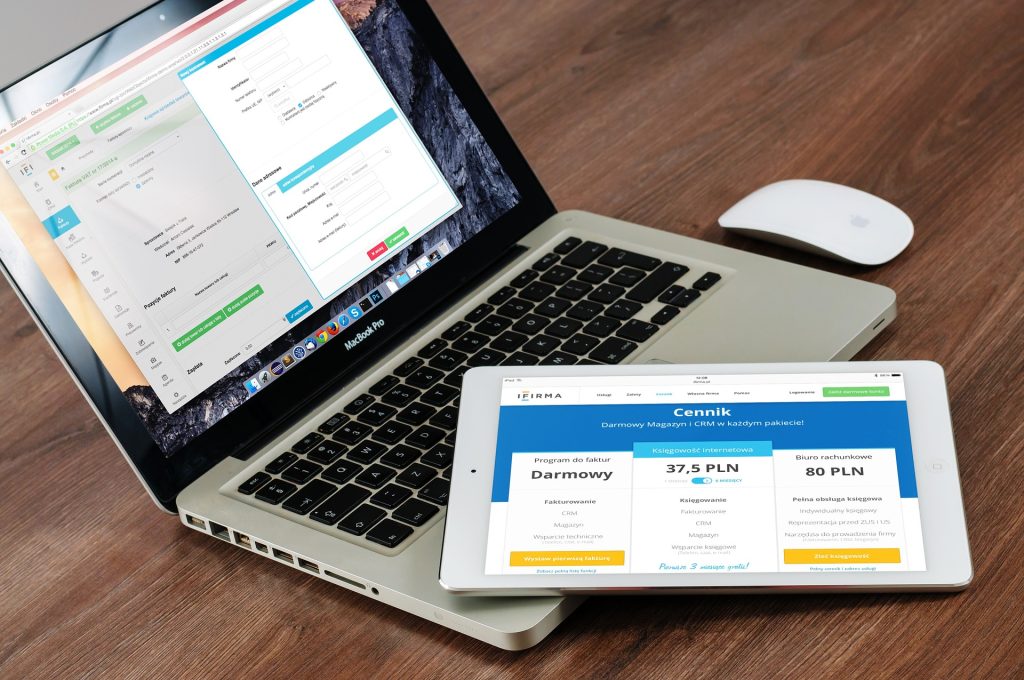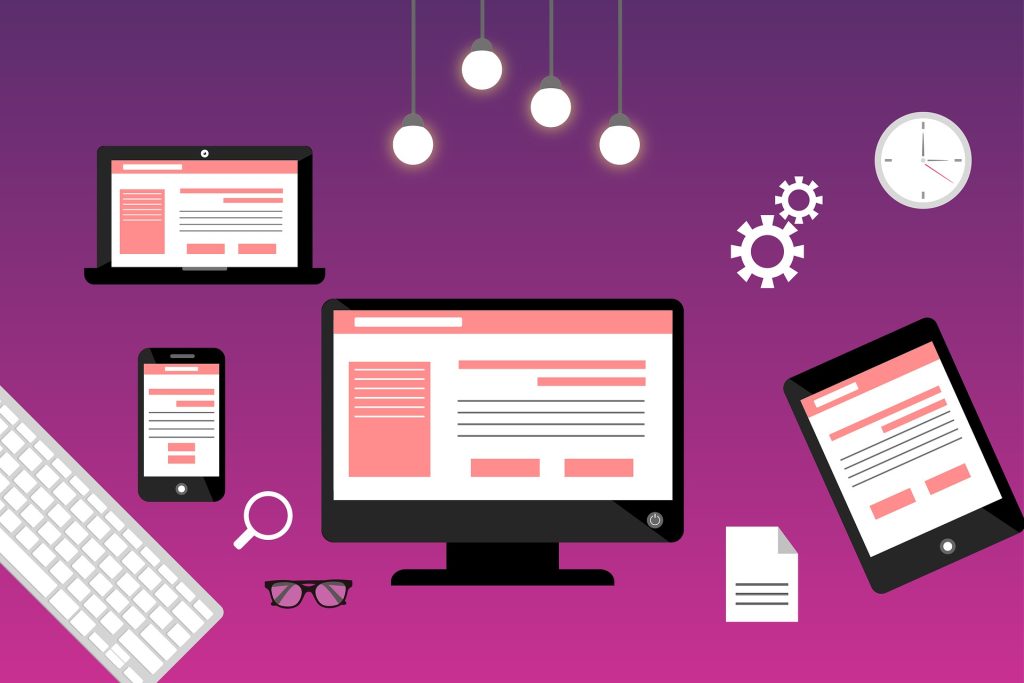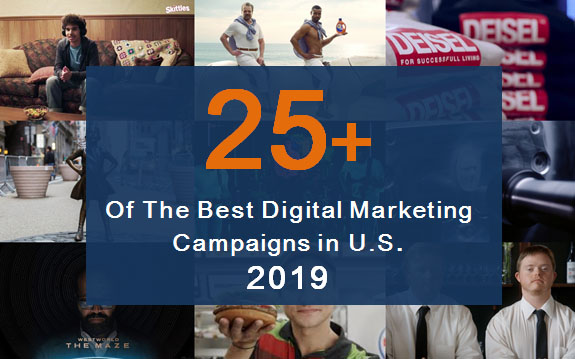The Role of Typography in Web Design
Branding | May 23, 2023
In this rapidly evolving world, maintaining a digital presence and marketing it well is of prime importance: businesses cannot survive without competing in the digital sphere.
One key element here is the company’s website, a website allows a company to have a digital stage through which it can convert and retain existing customers.
A website’s significance demands that a company invests considerable resources in it. The visuals and browsing experience, in particular, can not be overlooked. The UI/UX of a website makes navigation easier for a user and gives your brand identity.
Vital elements of a website’s design include its color palette, typography, shapes, icons, and more and these are of critical importance, so make sure you hire reputable web designers like Bizango.
In this article, we will discuss the impact of typography on website design.

The Basis of Typography
Typography includes several elements:
1) Font Selection:
Your website’s font is a significant element of your typography, so you must put thought behind your website fonts. Different fonts are suitable for different products; for example, serif fonts give a formal and traditional outlook that may suit a perfume brand, yet, sans serif fonts present a modern and casual outlook. Consider your brand identity and pick a font, likewise.
When deciding on a font for your website, you must think beyond brand identity and consider your font’s UI implications.
- Your font must be legible: Sans serif fonts are considered more legible for on-screen reading, while serif fonts are better suited to printed materials.
- You must also consider your font’s accessibility because Visually impaired individuals find some fonts challenging to read. Beta-test your fonts among those demographics.
- Adding high contrast between the text and the background makes fonts more accessible.
- You must also consider your font’s browser compatibility, not all fonts will quickly load on every website or even be supported by most users’ systems. If a font is not supported, your website will be displayed incorrectly.
2) Font Size:
As with font selection,
- you must choose a legible font size; it should be big enough to be easily read but not so big that it hurts the eyes and covers the website.
- Consider how your fonts will appear on different devices: fonts that work on your PC may be too large for mobile screens. You must use responsive design techniques so the font size adjusts based on the screen size.
3) Line Length and Spacing:
Another important consideration is the text’s length, spacing, and justification, impacting readability. If the spacing is too less, it will be difficult to read a text as the alphabet would feel conjoined. Likewise, too much spacing will make the text feel disjointed. Text spacing is of three types:
- Leading is the space between lines of text. Try to have at least 1.5 times the leading space as the font size so the two lines do not overlap.
- Tracking is the space between the characters in a single line. Try to strike a balance in your tracking space so that your text isn’t too tight or too wide.
- Padding is the space between the text and the edges of the text box. You must allow for adequate padding space to have visually appealing text. If your text box is the entire page, adequate padding space ensures better printability.
The line length is also an important parameter to consider: shorter lines are easier to read than longer lines as they require less eye movement. This reduces eye fatigue and increases reading speed. The line length also depends upon the device used, with shorter lines considered best for smaller screens.
4) Contrast:
Contrast is an essential parameter in your typography as it dramatically improves readability. It refers to the difference in color and brightness between the text and the background. Low-contrast colors, such as yellow text on white background, would make it difficult to read the text and hurt the eyes. Always aim for high-contrast colors, such as black text on white background. They help the text stand out and be more prominent.
For example, use the highest contrast on the text you want the website readers to note immediately, like an enticing offer or a sale. Contrast is also important for accessibility, and the Web Content Accessibility Guidelines (WCAG) determine appropriate contrast ratios to make a website accessible.
Similarly, contrast guides other elements of typography. For example, high-contrast colors make the text appear more prominent, and low-contrast colors make the text appear smaller. When determining font size, be sure to adjust accordingly.

Choosing the Right Typography
Are you having difficulty determining what typography you should use for your web design? Let us help. Consider these factors when determining your website typography:
1. Target Audience
Your website is designed around your target audience, and you should choose the typography that can attract your key demographic. Consider what populations your business targets and ponder what type of typography connects with them the most. For example, classic antique fonts like serifs may be better suited if your target demographic is conservative, old, and traditional. In contrast, a sleek modern sans serif font suits a young, tech-savvy population better.
Consider psychographic factors like personalities, values, interests, and lifestyles, as well as whether your users are primarily PC or mobile. Develop your typography around these factors and incorporate user feedback in your final design.
2. Brand Values
Your typography must be according to your brand values. Define your brand values according to your company’s mission, vision, and customer focus. Think about what adjectives you want to be associated with your brand, and choose the typography that evokes those adjectives. A modern and innovative brand would use a sleek font like Bobcaygeon or Fira Sans.
In contrast, a brand that values tradition, authority, and formality would use Times New Roman or Garamond. You can also communicate your brand tone through your typography. For example, a brand that emphasizes minimalism would choose a clean, sans-serif font, while a brand that values elegance would choose an ornate serif font.
3. Readability
If you cannot choose between various fonts, select the more legible one. Your font must be easy to read, especially on small devices. Beta-test your web design on devices from PCs to tablets to mobile phones, and check which font is consistently legible on all devices. Generally, sans-serif fonts are more legible than serif fonts in digital media, but this does not always hold. Contrast is also essential in readability: avoid colorful fonts in favor of plain, monochromic writing as it is more readable. Ensure you don’t use bright text on bright backgrounds or dark text on dark backgrounds.
You can improve your readability by playing with font selection, font size, line length, spacing, contrast, and website layout. Use trial and error to determine the most legible typography for your website.

Endnote
Typography is central to web design and helps properly set your brand’s tone and image. Essential typography elements include font selection, size, line length, spacing, and color contrast.
- Understand font families like serif and sans-serif and determine which font fits your business better.
- Consider the target audience, brand values, and font legibility when deciding your typography.
- Excellent typography can vastly improve your web design’s visuals, making sure you leave a lasting impression on your customers.
Warning: Undefined array key "sidebar_ads" in /home/dmc/public_html/wp-content/themes/DMC/functions/helpers.php on line 824





